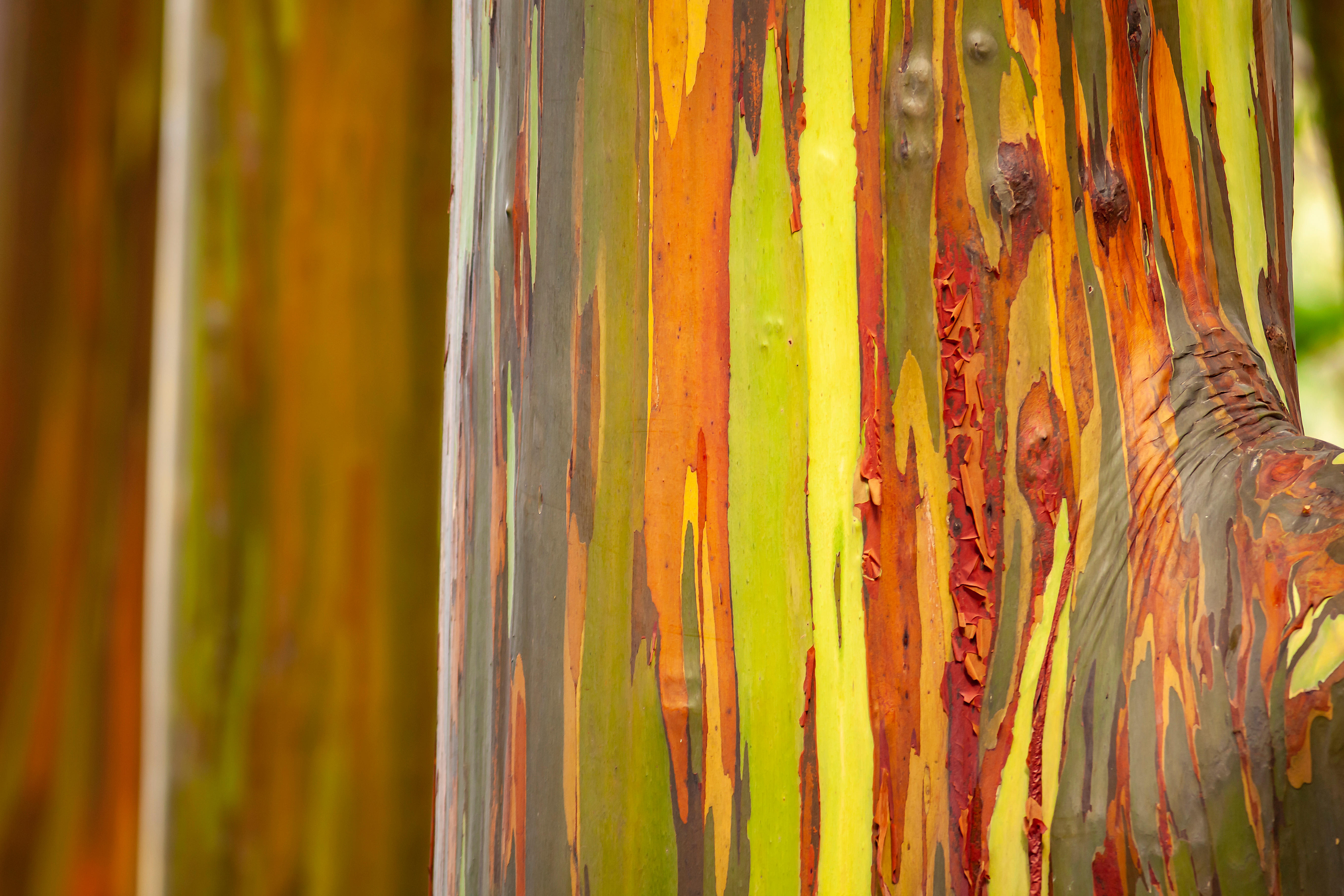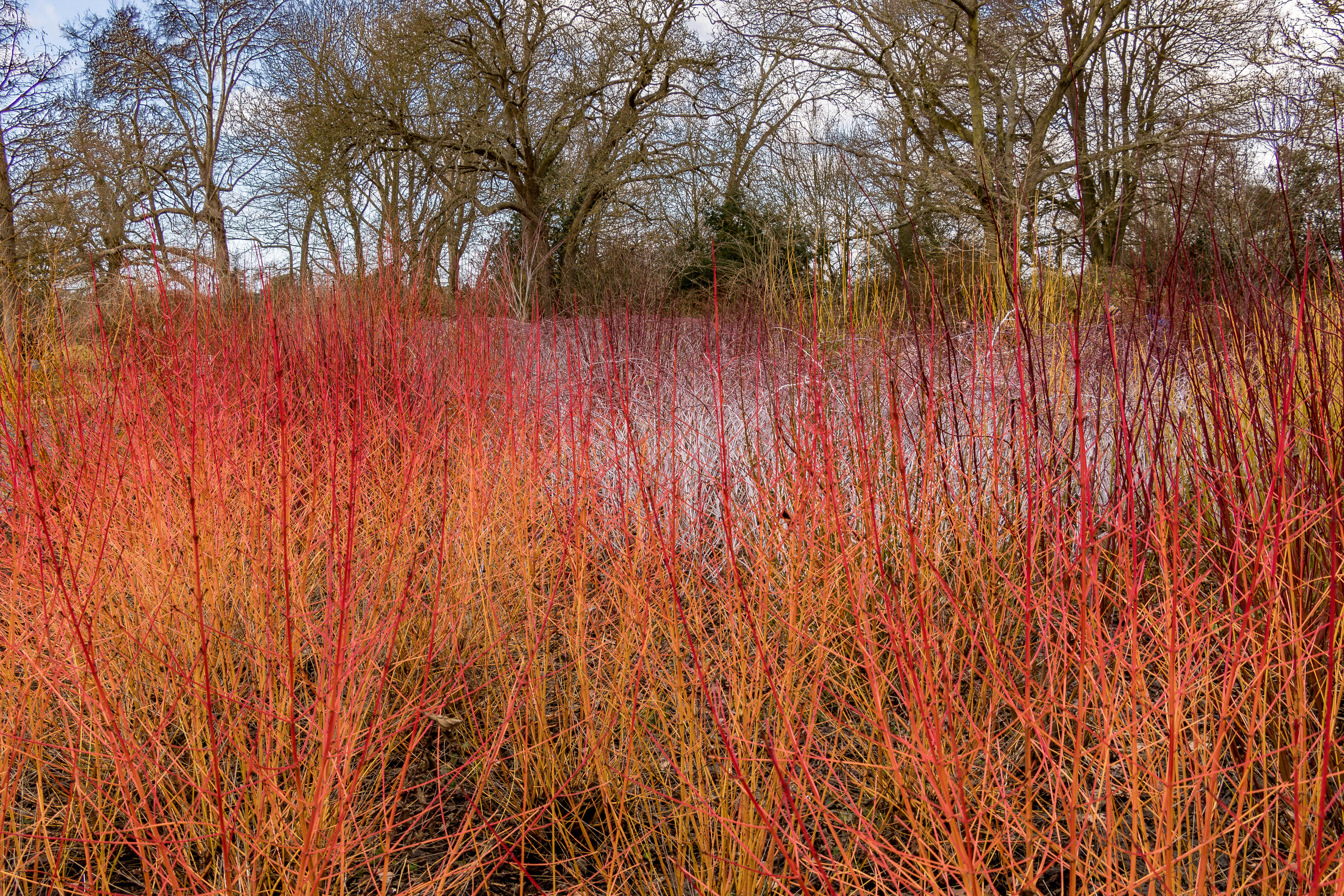Alan Titchmarsh: The stunning midwinter trees whose bark is better than their bite
Our columnist Alan Titchmarsh chats through the winter plants which will light up your garden like fireworks.


I buy too many books. I should really adopt the system my wife is desperate for me to employ: book in, book out. But there are some tomes I cannot resist and the prospect of having to say goodbye to an old friend merely to find room for a new one is something I find hard to contemplate. Indeed, the latest arrival has encouraged me to enrich the contents of my Hampshire garden during the darker months of the year.
I cannot think of a single recent gardening book that has fired my imagination and been such a useful guide to the diverse array of deciduous trees and shrubs and their colourful barks as Winter Gardens by Cedric Pollet. I defy any gardener not to be uplifted by the superb images of plantings in gardens across the UK, with a sprinkling of others across the water in Europe and North America.
Monsieur Pollet is a superb photographer and the crispness and vitality of the plants he captures — shown during the dormant season — spring from the page. There is no shortage of well-illustrated gardening books, but this one is more than a collection of images with brief captions; it is a lexicon of the best varieties of dogwoods, willows, maples and birches, plus a smattering of brambles and bamboos.
There is also a brief, but useful section on berries and witch hazels. The plants are captured in garden settings in the first half of the book, then visually catalogued side by side so it is possible to differentiate between the papery white bark of Betula utilis var. jacquemontii Grayswood Ghost, B. forrestii and B. papyrifera Saint George. At first glance, in a garden, they might appear identical, but look closely at the bark and your horticultural sleuthing will reveal a different pattern of lenticels.
Have I lost you? I hope not. You need not be an expert to enjoy this book, but there is every chance that it might lead you to becoming one.
Did you know that there are birches with bright red bark? Not brown or copper, but red? Betula Lady in Red I shall now search for, together with the paler, but mouthwatering Pink Champagne.
"We are none of us too old to discover new plants and new ways of using them"
For many years, we have enjoyed the brilliant lipstick-red wands of Cornus alba Sibirica and the more recent C. sanguinea Midwinter Fire, which turns red on the side of its stems facing south and presents an orange image to the north. Now, we have the even more vibrant C. alba Baton Rouge, which makes Sibirica seem restrained in its coloration, and C. sanguinea Amy’s Winter Orange, which will light up the banks of a pond or lake like fireworks. It will be something of a relief to rest the eye on the sap-green stems of C. sericea Flaviramea after the brilliance of its relatives; all of them producing their best colour on one-year-old stems.
Exquisite houses, the beauty of Nature, and how to get the most from your life, straight to your inbox.

Grow these plants in rich, damp earth and prune them back to within a few inches of the ground in March. In poor, dry soil, they’ll be hard pressed to produce such a vigorous or vibrant show, as, together with the willows — Salix alba Britzensis (golden yellow) and Yelverton (vibrant orange) — they are thirsty plants that repay generosity. S. daphnoides has stems the colour of Bournville chocolate and those of S. x sepulchralis Erythroflexuosa are yellow and twisted into corkscrews.
It is impossible, within these pages, to restrain oneself from making a list; one that will contain the likes of Prunus maackii, with its bark of polished mahogany, and P. serrula Jaro, the peeling bark of which, shone through by a wintry sun, is clear amber.
You could be forgiven, from my enthusiastic ramblings, for thinking that this is a book of lists, a catalogue of confusing Latin names capable only of exciting a dedicated plantsman. If such is the case, I have done it a disservice. With practical advice aplenty, and images that are capable of making the most world-weary gardener sit up and take notice, Winter Gardens is a reminder that these dark months, which, with age, seem to last longer and longer each year, really are capable of being lifted out of the mire with thoughtful planting.
We are none of us too old to discover new plants and new ways of using them. If it’s all the same to you, I’ll stick with ‘book in’ and delay for a while the commitment to ‘book out’.
Alan Titchmarsh is a gardener, writer, novelist and broadcaster.
